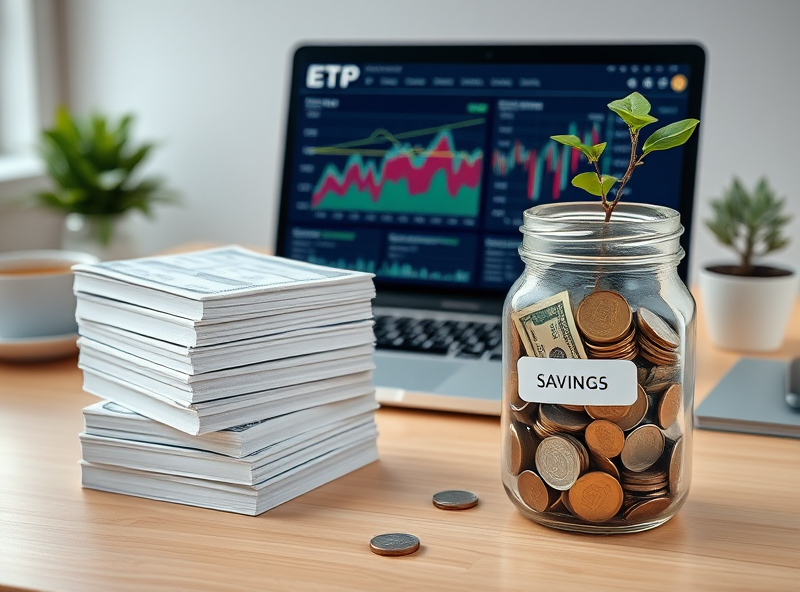Parking ETFs for Liquidity and Safety

In times of global uncertainty, many investors seek safe havens for their money. Exchange-Traded Funds (ETFs) that focus on liquidity and safety have become a popular choice for those looking to park their funds while minimizing risk. These ETFs typically invest in short-term, high-quality assets such as government bonds, treasury bills, or money market instruments. By doing so, they offer a combination of stability and accessibility, allowing investors to withdraw their funds quickly if needed. Additionally, parking funds in such ETFs can help protect your portfolio from market volatility while still earning modest returns. For those looking to preserve capital and maintain flexibility, these ETFs can be a smart addition to your financial strategy. Always remember to research specific ETFs and consult with a financial advisor to ensure they align with your investment goals.
Defensive Sectors for Stability

In times of global uncertainty, focusing on defensive sectors can provide a sense of stability and security for your financial investments. Defensive sectors, such as healthcare, utilities, and consumer staples, are known for their resilience during economic downturns. These industries provide essential goods and services that people rely on regardless of the economic climate. For instance, healthcare companies continue to perform as people need medical care, while utilities like electricity and water remain indispensable. Consumer staples, such as food and household products, also maintain steady demand. By allocating a portion of your portfolio to these sectors, you can reduce volatility and safeguard your investments during turbulent times. Additionally, many companies in these sectors offer dividends, providing a reliable income stream. Remember, a well-diversified portfolio is key to weathering economic uncertainty effectively.
Currency Hedging in a Strong Dollar Era

In today’s global economy, the strength of the U.S. dollar has a significant impact on international investments. Currency hedging is a crucial strategy for investors looking to protect their portfolios from exchange rate fluctuations. When the dollar is strong, it can reduce the value of foreign investments when converted back to U.S. dollars. By using currency hedging tools such as forward contracts, futures, or currency ETFs, investors can mitigate this risk and stabilize returns. For example, a forward contract allows you to lock in an exchange rate for a future date, providing predictability and shielding your portfolio from adverse currency movements. Additionally, diversifying investments across multiple currencies can also help balance risks. Understanding and implementing these strategies can safeguard your investments and ensure steady growth, even in uncertain times.
Global Diversification for Growth

In today’s unpredictable global economy, diversification is more important than ever for investors seeking growth and stability. Global diversification involves spreading your investments across various countries and regions, reducing the risk associated with relying too heavily on a single market. By investing in international stocks, bonds, or mutual funds, you can tap into growth opportunities in emerging markets while also balancing the potential downturns in more established economies.
For example, markets in Asia and Latin America often offer higher growth potential compared to developed markets like the U.S. or Europe. However, these regions may also come with higher risks. A well-diversified portfolio can help mitigate these risks while allowing you to benefit from global economic trends. Additionally, currency diversification can act as a hedge against fluctuations in the U.S. dollar, providing another layer of protection for your investments.
Remember, global diversification doesn’t mean abandoning your local investments. Instead, it’s about complementing them with international exposure to create a balanced and resilient portfolio. If you’re unsure where to start, consider consulting with a financial advisor or exploring global ETFs (Exchange-Traded Funds) that offer a simple way to access international markets. By taking a thoughtful approach to global diversification, you can position yourself for long-term growth while navigating the uncertainties of today’s financial landscape.



